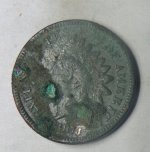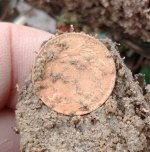MadMarshall
Hero Member
Does anyone know ofany good resources in regards to rotted quartz? I am trying to figure out why the quartz is rotted and also why not the whole quartz vein is rotted.
Amazon Forum Fav 👍
Upvote
0





